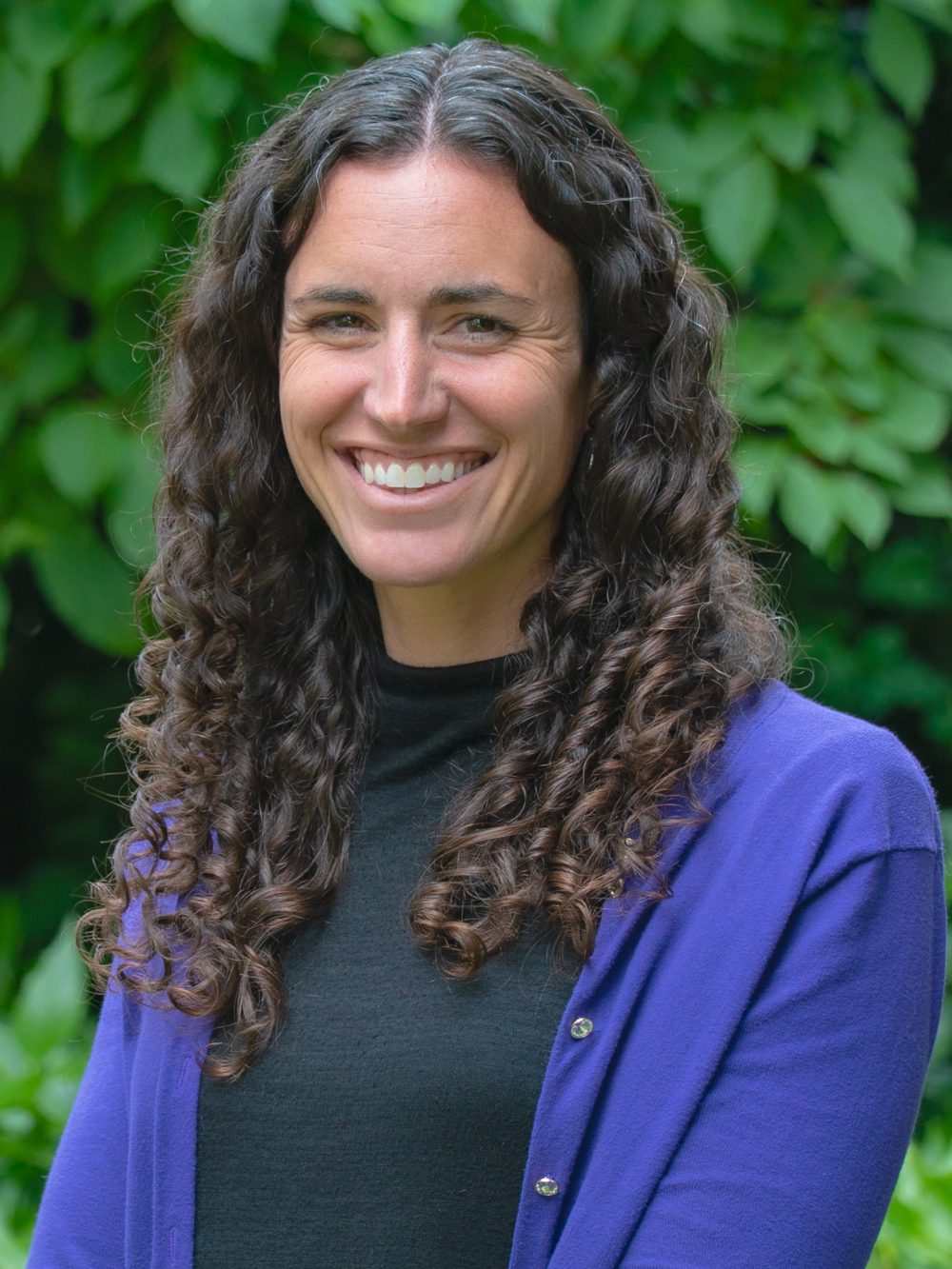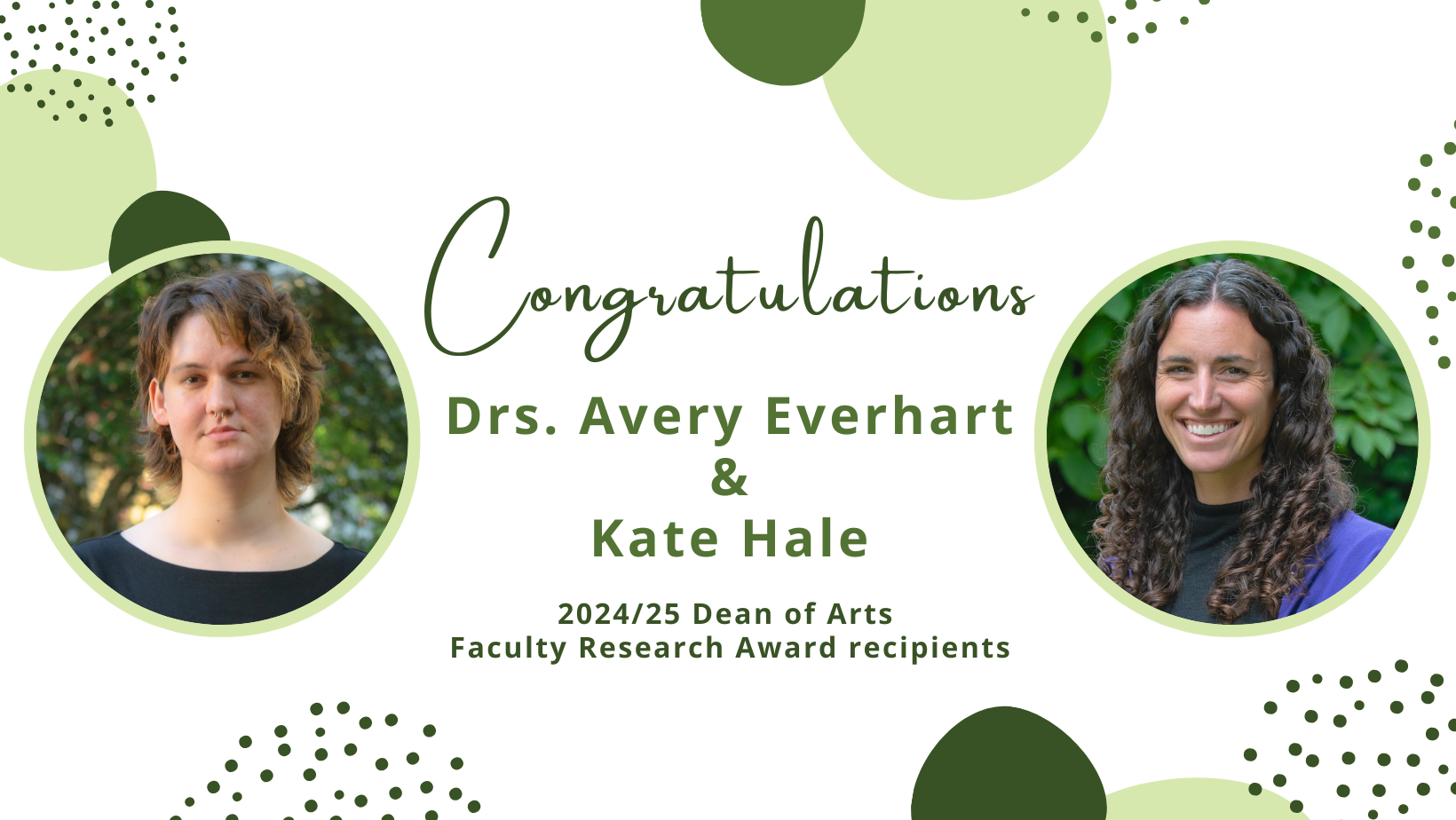Kate Hale
Research Area
Education
University of Colorado Boulder, 2022, PhD
University of Colorado Boulder, MA
Georgetown University, BS
About
My research goals include characterizing snowpack, climate, and ecohydrologic variability to identify drivers of water availability in alpine and Arctic watersheds. I aim to develop collaborative approaches with diverse stakeholder groups to inform water management and develop strategies for conservation, adaptation, and mitigation.
I firmly believe that science will be more impactful and more relevant when the scientific community reflects the diversity of society. Addressing the challenge of achieving equity in science is integral to my role as a scientist and educator. I believe such efforts will foster better outcomes for our environment.
Teaching
Research
The following themes drive our research pursuits to understand cold region hydrology: Snowpack water storage heterogeneity and related hydrologic partitioning impacts, and historical and future variability in spatial and temporal hydrologic sensitivity to changes in climate and snow water storage. We broadly ask, how do snowpack heterogeneity and snow water storage influence seasonal to annual water availability, water quality, and water use across spatial scales, across climates, and as warming transforms alpine to ephemeral snowpack seasonality? Our projects leverage ground-based observations, remote sensing, and computational modeling to obtain a comprehensive understanding of snowpack distribution and snowmelt-derived hydrological processes.
Publications
2025
Berghuijs, W. R., H. Beria, and K. Hale. 2025. Technical Note: Streamflow Seasonality using Directional Statistics. copernicus gmbh. doi: 10.5194/egusphere-2024-4117.
Berghuijs, W. R., and K. Hale. 2025. Streamflow shifts with declining snowfall. Nature 638(8052). Springer Nature: E35–E37. doi: 10.1038/s41586-024-08523-5.
Hale, K., J. Shanley, B. Wemple, and A. Schroth. 2025. Warmer Winters Drive Declines in Snowpack and Consequent Increases in Annual and Seasonal Runoff in a Headwater Region of the Northeastern United States. Hydrological Processes 39(2). Wiley-Blackwell. doi: 10.1002/hyp.70092.
2024
Hale, K. E., Musselman, K. N., Bjarke, N. R., Livneh, B., Hinckley, E. L. S., & Molotch, N. P. 2024. Changes in snow water storage and hydrologic partitioning in an alpine catchment in the Colorado Front Range. Hydrological Processes 38(7). Wiley-Blackwell. doi: 10.1002/hyp.15206.
Bonnell, R., McGrath, D., Webb, R., Hale, K., Meehan, T. G. & Marshall, H. 2024. SnowEx17 GPR and Lidar-Derived Snowpack Relative Permittivities and Densities (SNEX17_SD_Perm, Version 1) [Data Set]. Boulder, Colorado, USA: NASA National Snow and Ice Data Center Distributed Active Archive Center. doi:10.5067/91X6GO5XNNEV.
Stuefer, S., May, L., Bailey, J., Vas, D., Mason, M., Hale, K., Marshall, H.P., Vuyovich, C., Elder, K. & the SnowEx Alaska March 2023 Team. 2024. SnowEx23 Mar23 IOP Community Snow Depth Measurements (SNEX23_MAR23_SD, Version 1) [Data set]. Boulder, Colorado, USA: NASA National Snow and Ice Data Center Distributed Active Archive Center. doi: https://doi.org/10.5067/6QD3UJVABY6D
Hale, K., Marshall, H., Stuefer, S. & Vuyovich, C. M. 2024. SnowEx23 Laser Snow Microstructure Specific Surface Area Snow-off Data (SNEX23_SSA_SO, Version 1) [Data Set]. Boulder, Colorado, USA: NASA National Snow and Ice Data Center Distributed Active Archive Center. doi: 10.5067/9SY1H2L0BY0X.
2023
Hale, K. E. Musselman, K. N. Newman, A. J. Livneh, B. and N. P. Molotch. 2023. Effects of snow water storage on hydrologic partitioning across the mountainous, western United States. Water Resources Research 59 (8): e2023WR034690. doi: https://doi.org/10.1029/2023WR034690.
Hale, K. E. Jennings, K. S. Musselman, K. N. Livneh, B. and N. P. Molotch. 2023. Recent decreases in snow water storage in western North America. Communications Earth & Environment 4 (170). doi: https://doi.org/10.1038/s43247-023-00751-3
Hale, K. Kiewiet, L. Trujillo, E. Krohe, C. Hedrick, A. Marks, D. Kormos, P. Havens, S. McNamara, J. Link, T. and S. E. Godsey. 2023. Drivers of spatiotemporal patterns of surface water inputs in a catchment at the rain-snow transition zone of the water-limited western United States. Journal of Hydrology 616: 128699. doi: https://doi.org/10.1016/j.jhydrol.2022.128699
Mason, M. Marshall, H. P. McCormick, M. Craaybeek, D. Hale, K. Elder, K. and Vuyovich, C. 2023. SnowEx20 Time Series Snow Pit Measurements (Version 1). NASA National Snow and Ice Data Center Distributed Active Archive Center. doi: https://doi.org/10.5067/POT9E0FFUUD1.
2022
Hale, K. E. Wlostowski, A. N. Badger, A. M. Musselman, K. N. Livneh, B. and M. P. Molotch. 2022. Modeling streamflow sensitivity to climate warming and surface water inputs in a montane catchment. Journal of Hydrology: Regional Studies 39: 100976. doi: https://doi.org/10.1016/j.ejrh.2021.100976
Bjarke, N. Hale, K. and Niwot Ridge LTER. 2022. Saddle catchment Distributed Hydrology Soil Vegetation Model Simulation (DHSVM) surface variable outputs (SWE, snowmelt, streamflow, soil moisture), 2 meter, 2000-2019. Environmental Data Initiative. doi: https://doi.org/10.6073/pasta/15d8d9a6725b04efe32a4b839582a5d4.
Webb, R. W. Musselman, K. N. Ciafone, S. Hale, K. E. and N. P. Molotch. 2022. Extending the vadose zone: Characterizing the role of snow for liquid water storage and transmission in streamflow generation. Hydrological Processes 36 (3): e14541. doi: https://doi.org/10.1002/hyp.14541
Kiewiet, L. Trujillo, E. Hedrick, A. Havens, S. Hale, K. Seyfried, M. Kampf, S. and S. E. Godsey. 2022. Effects of spatial and temporal variability in surface water inputs on streamflow generation and cessation in the rain–snow transition zone. Hydrology and Earth System Sciences 26 (10): 2779-2796. doi: https://doi.org/10.5194/hess-26-2779-2022



